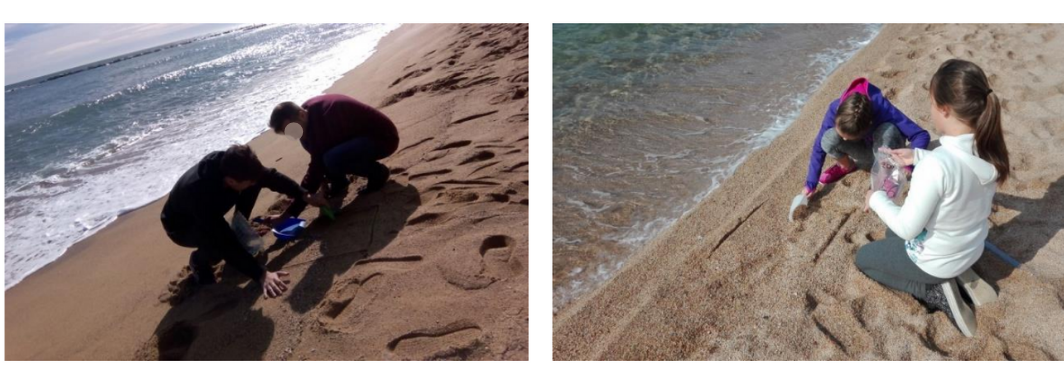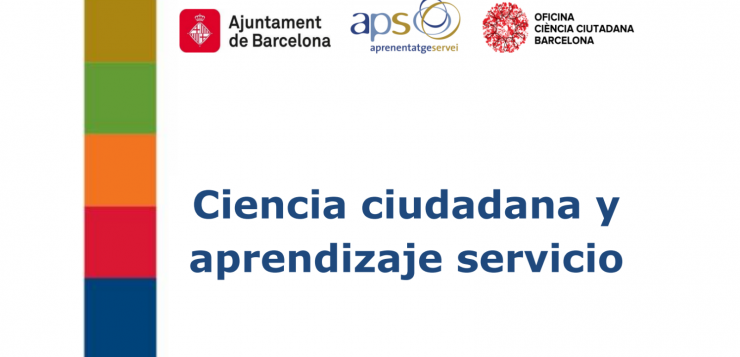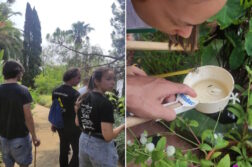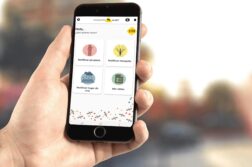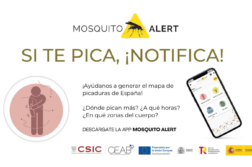Citizen science and service learning are two distinct traditions that have much in common. Both face real and relevant problems that society poses. To face them, they mobilize a collective intelligence that learns and experiments in order to promote action projects designed to improve the life of the community.
Citizen science is understood to be scientific research in which non-specialized people participate at some point in the process: hypothesis formulation, experimental design, sample collection, analysis of results or drawing of conclusions. On the other hand, service learning is an educational proposal that starts from the acquisition and use of new knowledge to carry out a useful service to the community.
Guide on Citizen Science and Service Learning
Last spring, the guide in Catalan Ciència ciutadana i aprenentatge servei was published, where the common elements between citizen science and service learning are identified and proposals are made to create synergies that promote the participation of boys and girls in the production of new knowledge and its use to improve the life of the community. The guide was prepared by the Barcelona Citizen Science Office and the Association Centre Promotor d’Aprenentatge Servei from a conference organized by the Barcelona Institute of Culture in 2019.
In recent months, the spanish version of the document was presented yesterday 21 at the event organized by the Ibercivis Foundation, the entity that hosted the event and that will collaborate with the promotion of the guide within the citizen science community in Spain and Latin America. The text brings together conceptual contributions on both proposals, presents several examples of how citizen science can usefully adopt the service learning methodology and ends by analyzing the common characteristics and challenges to promote future citizen science projects that incorporate a learning methodology. service.
Mosquito Alert and Sea Watchers
Two citizen science projects in which the CEAB-CSIC participates together with other research centers, Mosquito Alert and Sea Watchers -Microplastic Watchers, are part of this guide as good experiences of success in their educational and academic fields.
Mosquito Alert is a program based on the use of an application for mobiles and tablets with the aim of uniting citizens, the scientific community and managers in the fight against mosquitoes that transmit diseases. The program raises three fundamental objectives: 1) to raise awareness about the problem of the tiger mosquito among young people; 2) increase data on mosquito breeding sites and presence in the territory, and 3) promote data analysis. To achieve these objectives, various activities are offered for teachers and students.
The educational program is implemented in different ESO and high school centers of the state territory with very good results. On the one hand, the scientific community, the data collected allow them to study the distribution of mosquitoes in order to implement monitoring and control measures. For students, participation in the program allows them to get a clearer idea of the problem of urban pests and, specifically, of the tiger mosquito. In addition, the experience of participating in a citizen science project based on an application helps them to interact with science and technology from a more motivating and healthy perspective, so that they are able to analyze the data and make decisions about it. Finally, it allows educational centers to directly know research methodologies, through their application.
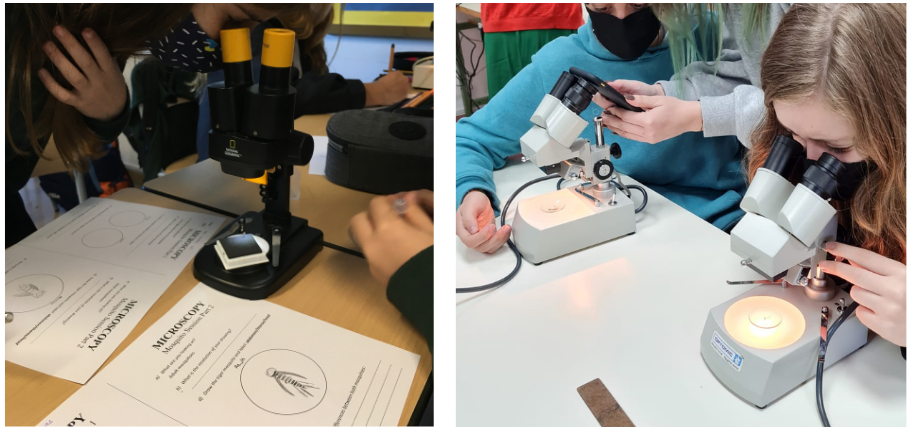
On the other hand, Microplastic Watchers is a project integrated in the citizen science platform Observadores del Mar. The proposal arises from a current situation: pollution by plastics is a serious problem for the marine environment, a consequence of an exaggerated use and bad management of waste generated. Plastic fragments, and it is these smaller fragments that can potentially reach the marine environment and cause a serious impact on organisms. Thus, the project proposes a work for the diagnosis and awareness, as well as the promotion of a change of habits in the face of this global problem.
It is a project that combines research, learning, awareness and social awareness, and which is currently being carried out in more than 60 educational centers on the Catalan-Balearic coast.
